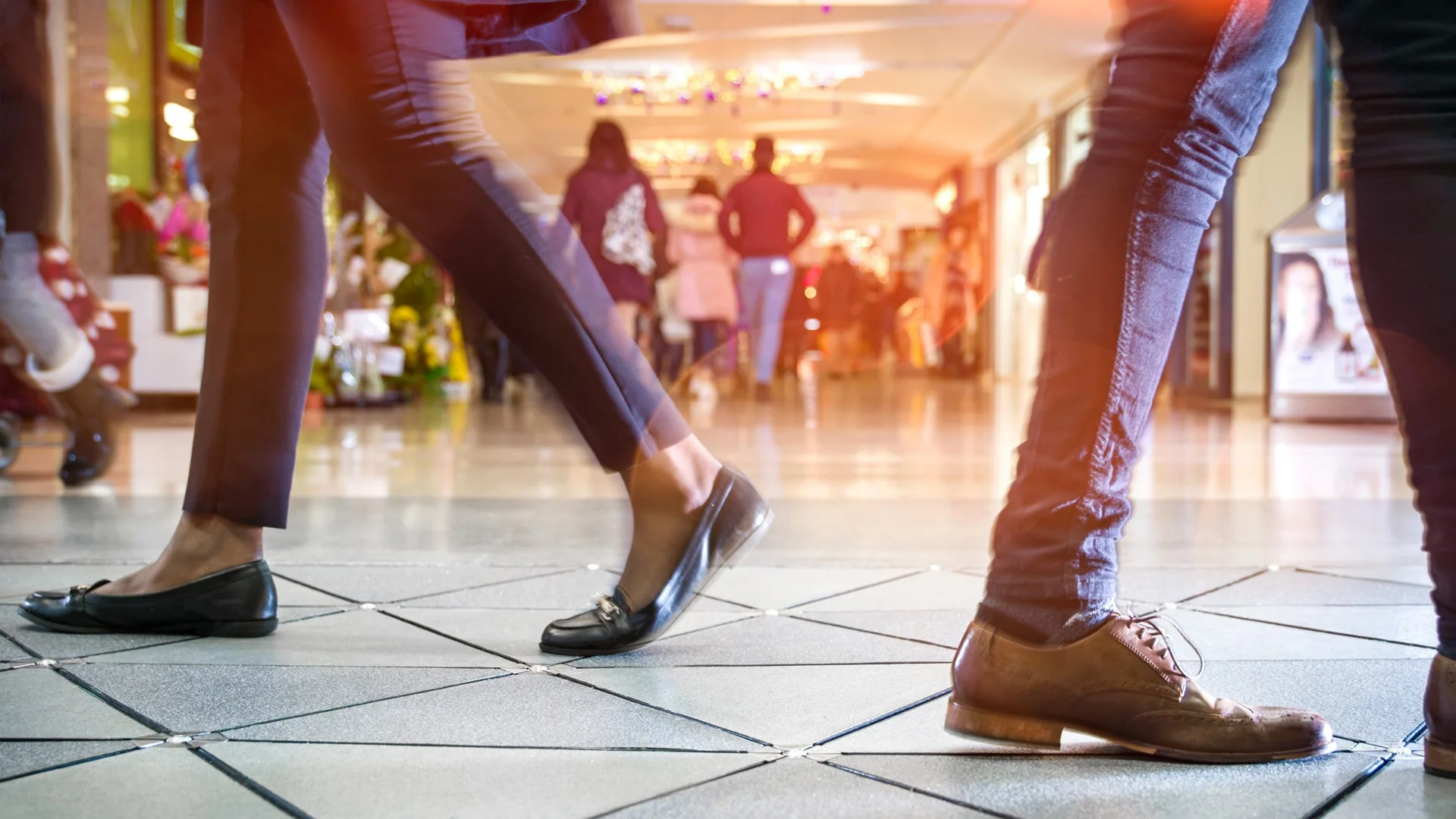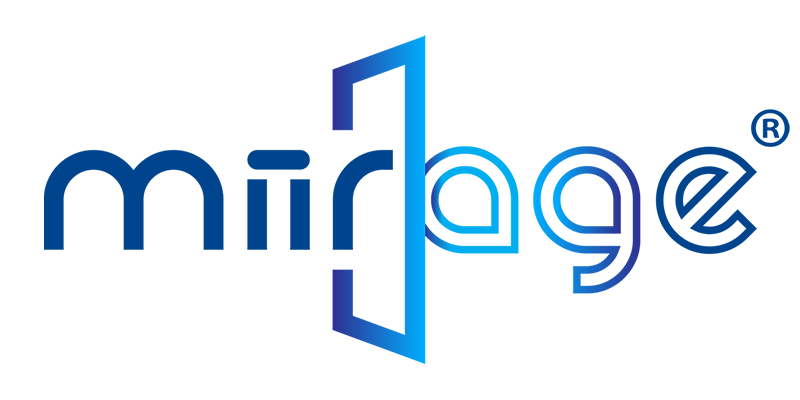Holograms That Pull Crowds: How In-Store Display Networks Can Drive Real Footfall

Retail is at a turning point. The challenge today isn’t just about getting noticed. It’s about getting people in. As online shopping continues to grow, physical retail and shopping centres need more than just good products or well-designed interiors. They need magnetism. They need energy. They need something that will turn heads and bring people through the door.
That’s where holographic displays come in.
These aren’t just futuristic gimmicks. A network of in-store holographic displays represents one of the most powerful new tools for driving footfall, creating buzz, and reinvigorating physical retail.
From Display to Destination
What makes holograms different is their ability to command attention. Unlike 2D digital signage, a holographic display projects content into space, giving it volume, movement, and presence. It doesn’t just catch the eye. It pulls people in.
Shoppers don’t simply walk by a well-placed hologram. They stop. They look. They film. They share. Whether it’s in a mall atrium, a department store entrance, or a window display, a hologram becomes a reason to enter.
This isn’t theory. It’s proven consumer psychology. Movement, novelty, and depth all activate visual attention and curiosity. When scaled across multiple locations, the effect becomes even more powerful.
Celebrities, Characters, and Instant Spectacle
Retailers and mall operators can take this even further. By leveraging well-known personalities or pop culture icons, holographic displays become full-blown attractions.
- A superstar athlete appearing to welcome customers at a sportswear store
- A blockbuster character floating above a new product release
- A global music artist performing a teaser inside a fashion flagship
People will come just to see it. They’ll take photos. They’ll post online. They’ll bring friends. In short, they’ll show up.
For retailers, this turns a passive screen into an active marketing channel, capable of generating footfall and social reach at the same time.
Scalable Activations and Live-Streamed Events
Holographic displays also unlock a new class of activations and in-store events that are more scalable, less expensive, and easier to execute than traditional live setups.
Rather than flying an artist to multiple cities or producing dozens of separate launch events, retailers can now:
- Live stream a performer or presenter as a realistic hologram into every store
- Launch a product with synchronized activations across a national or global network
- Run interactive AI-powered experiences that adjust based on location, time of day, or audience demographic
This turns a standard retail footprint into a coordinated event platform.
No crowd management. No travel costs. Just immediate presence, in perfect sync, anywhere in the world.
From Passive Display to Footfall Engine
The core value here is not just engagement. It’s traffic.
A holographic network transforms every display into a footfall-driving asset. It draws customers in, holds their attention, and gives them a reason to return. It delivers experiential moments that online shopping simply cannot replicate.
And the beauty is in the scalability. Once the hardware is in place, content can be updated, localized, or live-streamed from a central control panel. That means:
- Faster campaign rollouts
- Lower operational costs
- Greater creative control
- And most importantly, higher ROI on retail real estate
Retail Media Has Evolved. The Display Itself Is Now the Event.
Retailers, shopping malls, and property groups are no longer just offering products or space. They are offering experiences.
And those experiences must be strong enough to compete with the convenience of ecommerce and the noise of digital media. Holograms give them the edge. They create curiosity. They spark word-of-mouth. They bring people in.
This is not a luxury technology. It is a practical solution to a real commercial problem. Any retailer with multiple locations has the potential to build their own holographic engagement network.
And those that do? They will be the ones pulling crowds while the rest wonder why the store is still quiet.
Further Reading
- The Impact of Hologram Digital Signage in Retail (AIScreen)
- Holographic Displays Deliver Measurable Footfall & Conversion Gains (Blogwaves)
- Creating Immersive Customer Experiences with In‑Store Holograms (Wachter/Proto)
- Holographic Displays in Retail: Engagement & Sales Lift (Vision3D)
- Holographic Display Market Growth & Retail Share (Mordor Intelligence)
